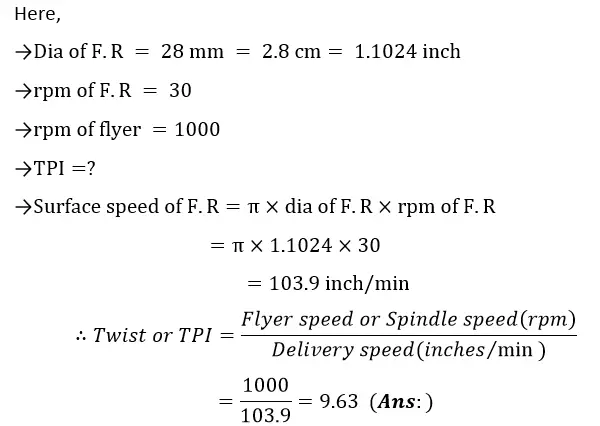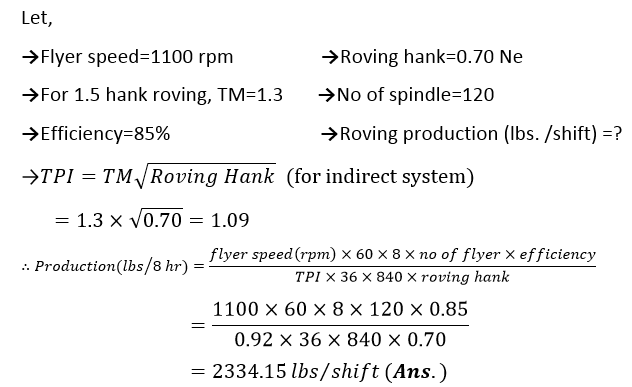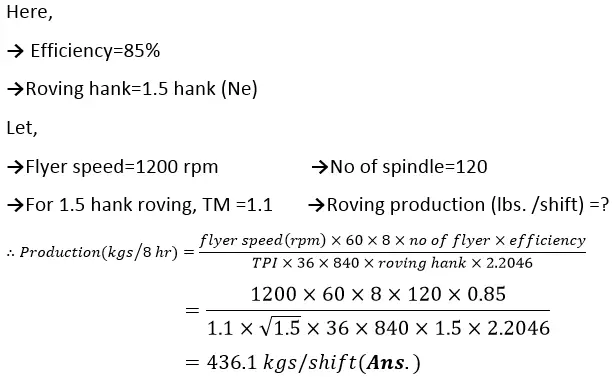Fashion History
What is Fashion??
Fashion is the term used to describe a style of clothing or any other products worn or used by most people of a country. A fashion remains popular for a few months or years before being replaced by yet another fashion.
Many writer, novelist, designer said about fashion describe as below:
“We live not according to reason, but according to fashion”.
Seneca, philosopher, mid-1st century AD
“There’s never a new fashion but it’s old”
Geoffrey Chaucer, English poet 1340-1400
“Fashion is not something that exists in dresses only. Fashion is in the sky, in the street,fashion has to do with ideas, the way we live, what is happening”
Coco Chanel, French fashion designer 1883-1971
“Fashion is a form of ugliness so intolerable that we have to alter it every six months”
Oscar Wilde, poet, novelist, dramatist and critic 1854-1900
“Fashion is like a fruit, you couldn’t eat it a day before and you can’t eat it a day after, its just about today”.
Alber Elbaz , Israeli fashion designer 1961
“Fashions fade, style is eternal”
Yves Saint Laurent, French fashion designer 1936-2008
“I don’t design clothes. I design dreams”
Ralph Lauren, American fashion designer 1939
Where are the world’s fashion centers?
New York, Paris and Milan these cities are the major center for designers and manufacturers of fashion apparel and accessories.
London, Los Angeles, Toronto, Hong Kong, Sydney and Sao Paolo and many of other smaller market areas are organize to excellent designers and manufacturers to show the world upcoming something new.
Areas of Fashion Analysis
1. Architecture, interior design, landscape design
2. Arts and crafts
3. Body type, clothing or costume, cosmetics
4. Dance and Music
5. Forms of addressing and speech
6. Economics and spending choices
7. Entertainment, games, hobbies, sports
8. Etiquette ( manner/custom )
9. Management styles and ways of organizing
10. Politics and media
11. Philosophy and Spirituality
12. Social networks
13. Technology
Fashion Design
A range or line may be used to describe a more specific grouping of garments or products that are aligned to a commercial sales or marketing plan. This might be a category of garments such as a range of skirts,which would be merchandised across a defined color palette and fabric story or a group line, which would include items that could be merchandised and sold together as a group. Ranges and lines are interchangeable terms in Fashion Design.
Fashion Design is generally considered to have started in the 19th century with Charles Frederick Worth who was the 1st person to sew their label into garments that they created.
Fashion is About Designers
The main roles played by designers are:
Creation
Product development
Communication
Why people Started wearing clothes, Necessity of clothing
1. To cover up their body
2. To protect body from extreme weather situation as rain, strong sunlight, extreme heat or cold etc
3. To protect them from any hazardous environment as fire, explosion, toxic or weapon etc
4. To feel comfortable
5. To make different from other society
6. To beautify themselves
7. Designation of Status
8. Designation of Gender Differences
9. Designation of Age
10. For religious and cultural purpose
11. Ceremonial use of clothing
12. Clothing as an Art form
13. Clothing as a means of Social Communication
Fashion History










